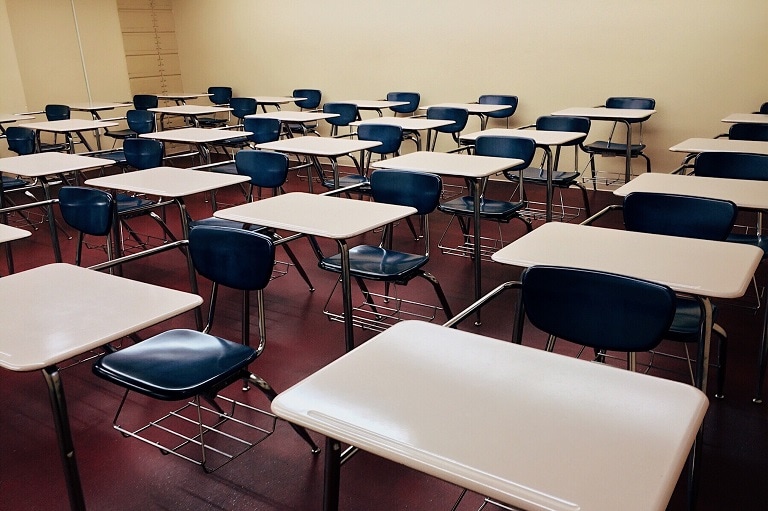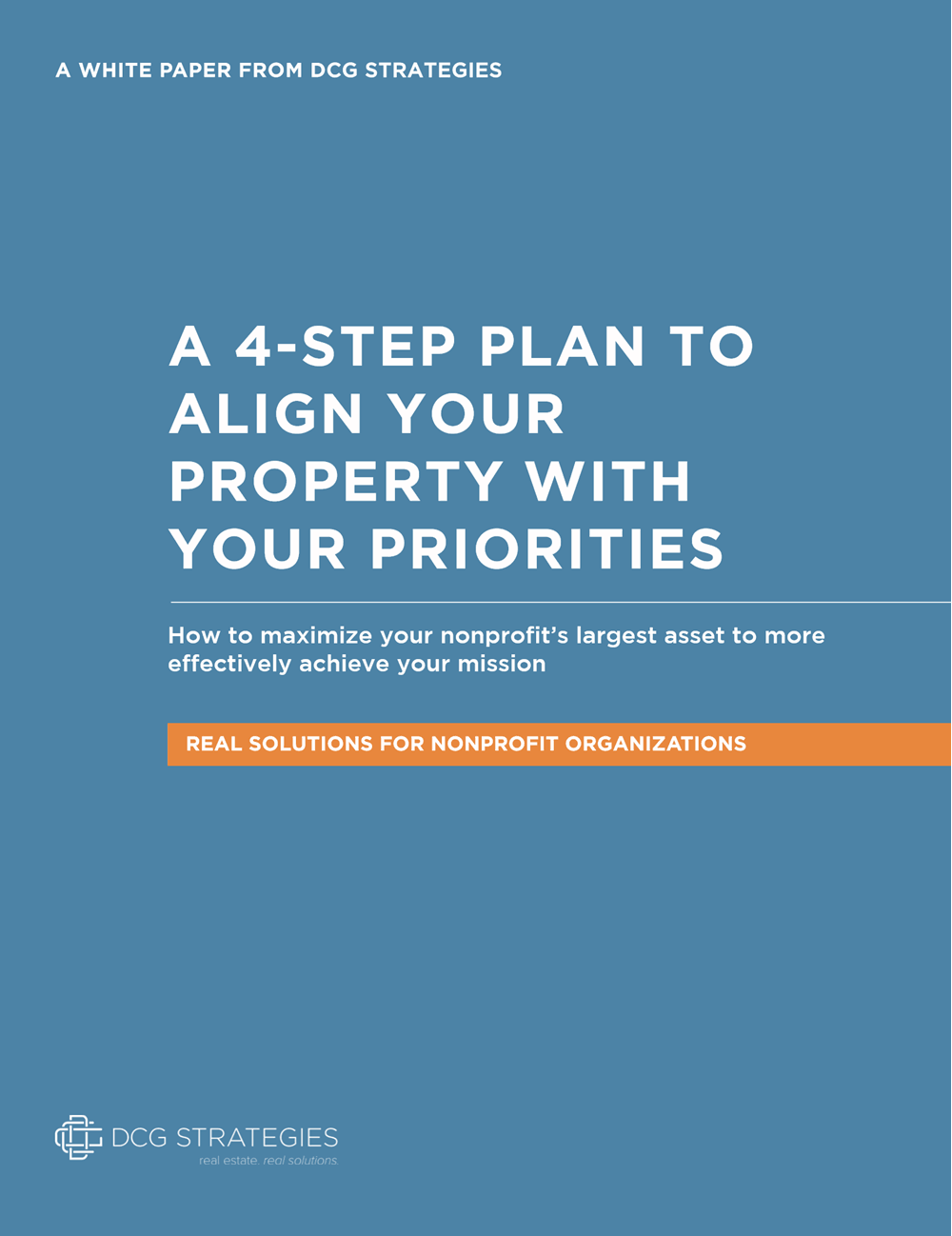Communities change over time, as do the school districts that serve them. Too often, however, the real estate holdings of those school districts stay stuck in the past, which does no good for the district or the community.
When school districts hold onto property that is unused or underused, they are passing up the opportunity to put that asset to its best use. In deciding what to do with such properties, there are three main choices school districts can make: sell the property, lease the property or repurpose the property.
Sell the property
California laws require school districts to go through a lengthy process before selling a property, first declaring it to be surplus and then putting it up for bid. Nevertheless, selling is still the simplest solution for underused real estate.
Selling a property is the right choice when a school district is confident that it will never need that property again. If a district has a closed, empty school building because the students moved to a new building down the block, that’s a clear, compelling reason to sell.
Other situations aren’t as clear, however. Many school districts are in communities that have undergone a demographic shift away from young families, leaving them with neighborhood schools that have no children nearby. Selling might be the best option if there is no expectation that enrollment will increase, but that might be a difficult choice.
“People don’t like schools selling assets, especially if it’s a neighborhood school,” says Landis Graden, CEO of DCG Strategies. “There are generations of people who are connected to the school, but it’s bad practice for schools to hang on to those sites.
Facilities and operations costs are a tremendous burden on district budgets, especially when that money could be used for academic achievement and performance.”
Lease the property
Sometimes enrollment can dip for a time, but forecasts promise that the number of students will increase in a few years. Rather than let a building stand empty during a 10-year dry spell, it can make sense to lease the property and generate revenue from it while you wait.
Also, as communities grow and develop, a school district might find itself with a property that is in a highly desirable commercial or residential location. Selling the property could make sense, but leasing it would be a way to convert it into a source of revenue that actually increases over time.
Lease revenue can then be reinvested into the school district, and a portion can also be invested into the community, which might strengthen community support for the decision.
Repurpose the property with a community partner
Often, when a school district finds filling its buildings to be a challenge, the community around it is also facing challenges. That puts a special obligation on the school district when making property decisions, Graden says.
Rather than get rid of an unused public asset, the district could find out what the community’s needs and priorities are and put the property to use in meeting them. For instance, a district could partner with a local nonprofit or workforce center to create a tutoring or career-training center.
In fact, bringing that community-first perspective doesn’t preclude the district from selling or leasing its surplus property. Perhaps an effective tutoring or career training program already exists, but it is understaffed. The school could sell or lease its property and use a portion of the proceeds to support that program.
“This connects your property vision to a broader vision,” Graden says, which makes it a lot more attractive to the community the district serves.
The real estate experts at DCG Strategies can advise and assist school leaders in exploring, developing and implementing these options. Whether you’re looking for help to get started on efficiently and effectively using your real estate to support your education mission or are already exploring your options and need a second opinion, DCG is here to help. Contact us to learn more.






